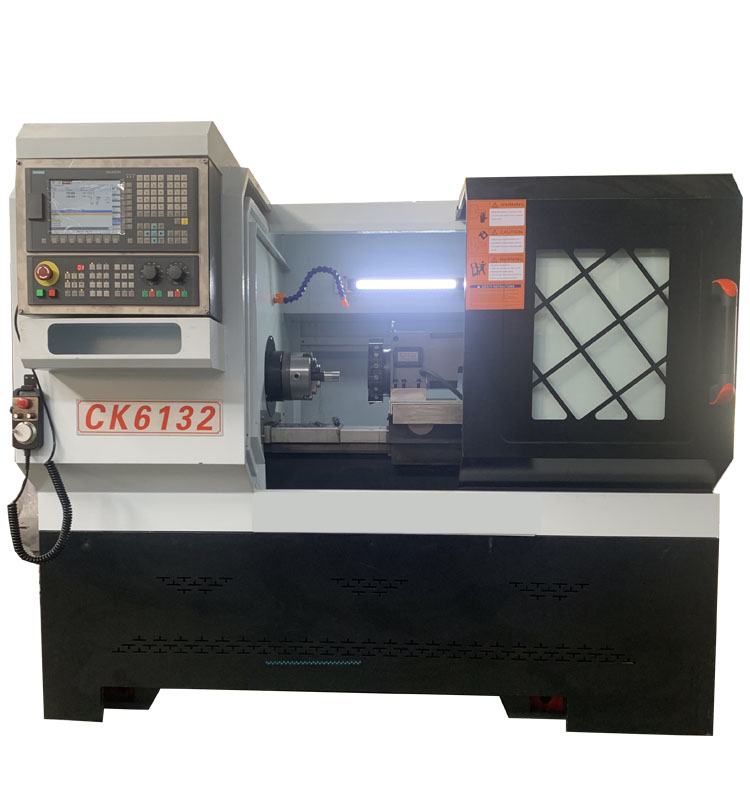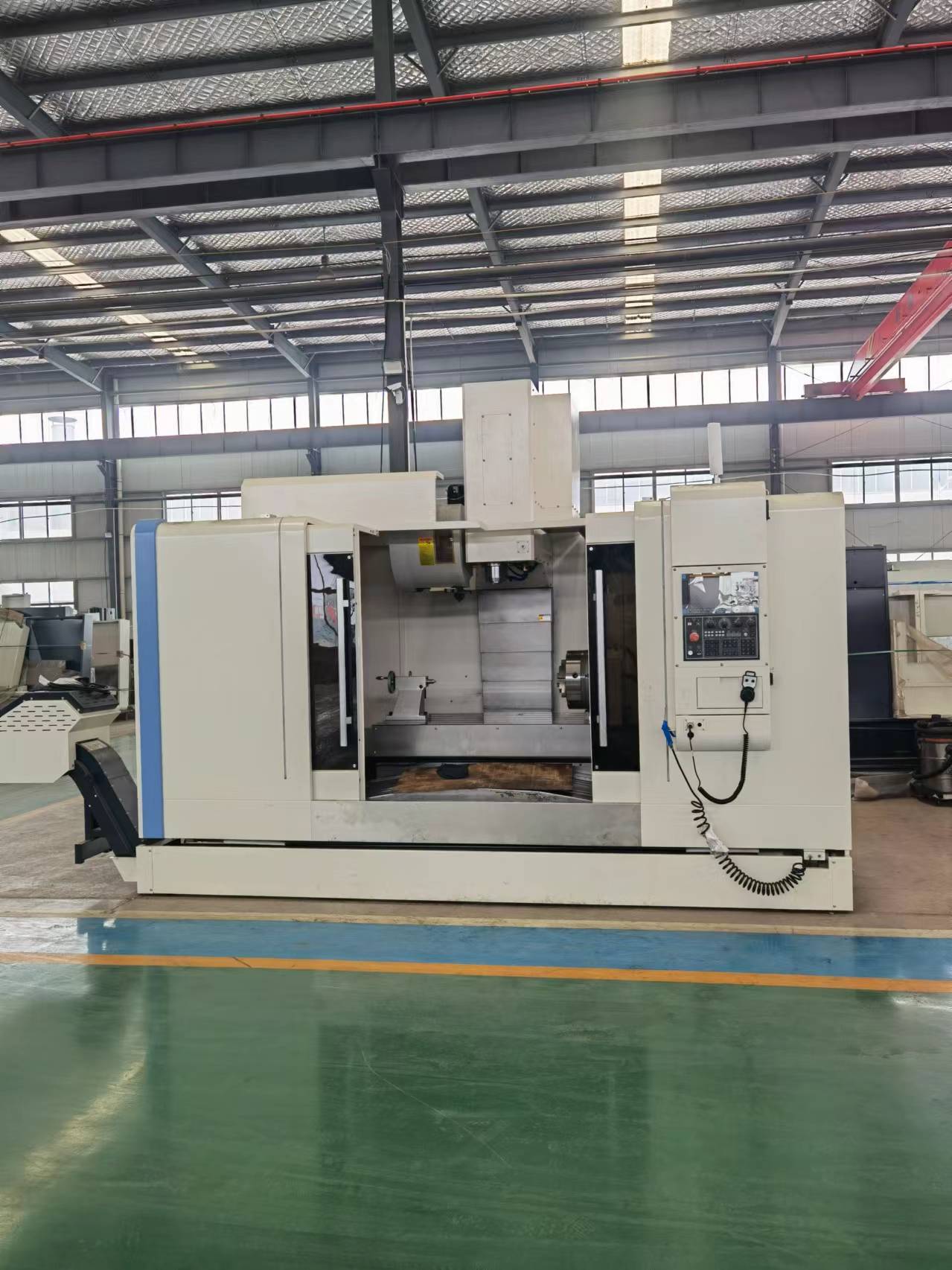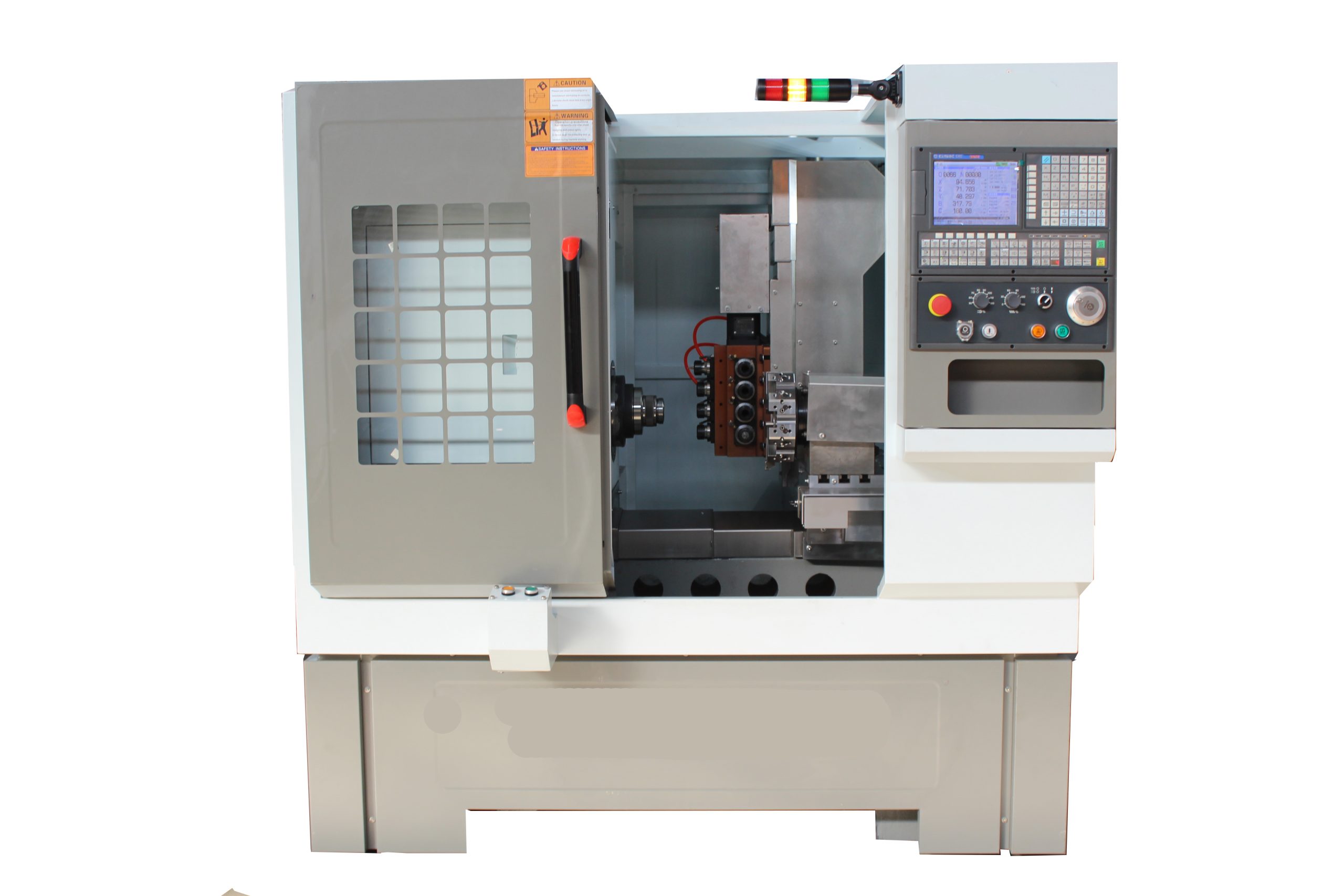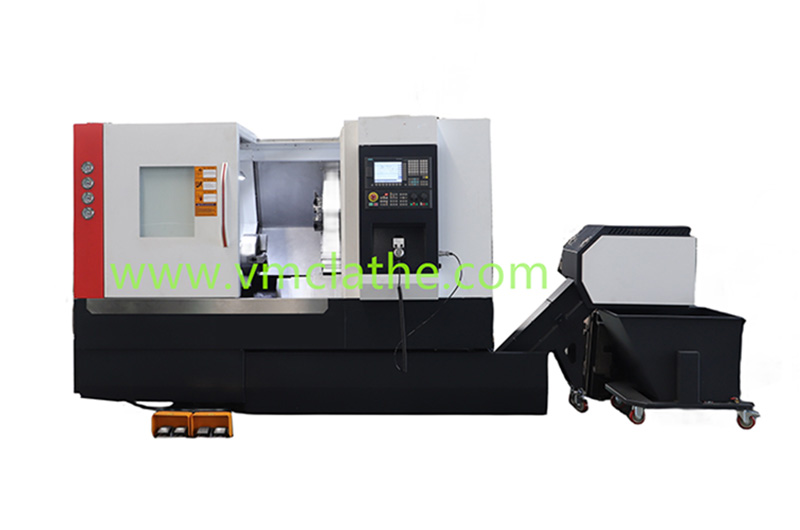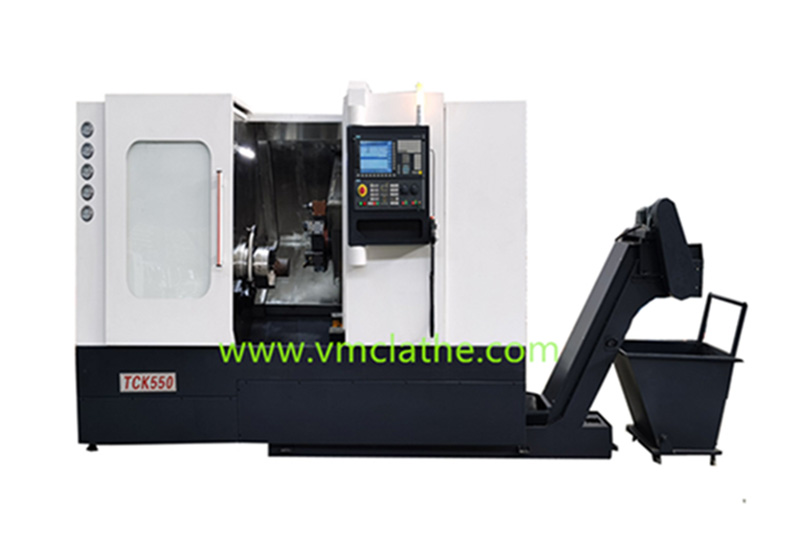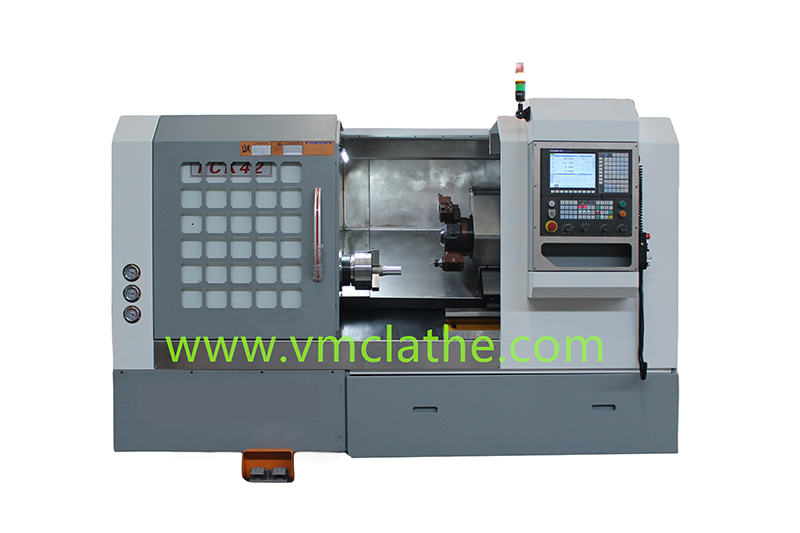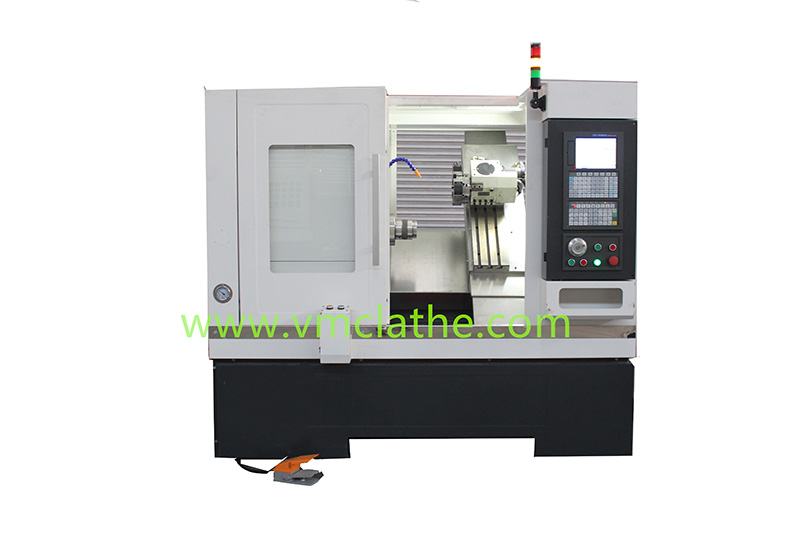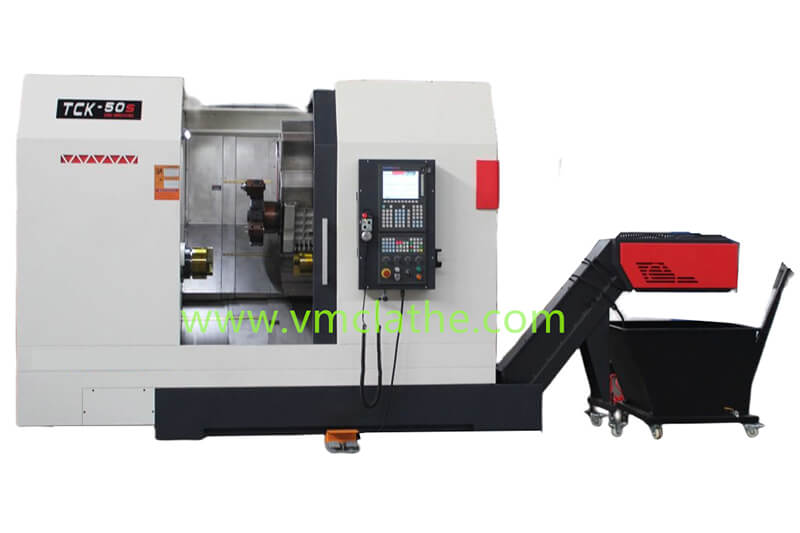The multi-axis linkage technology of slant bed CNC lathe is a key technology for complex parts processing in modern manufacturing. The following is a detailed introduction for you:
1. Principle of multi-axis linkage technology
Multi-axis linkage refers to the precise position and posture control of the tool relative to the workpiece in space through the coordinated movement of multiple coordinate axes (such as X, Y, Z axes and rotation axes A, B, C, etc.) on a CNC machine tool. In a slant bed CNC lathe, it is usually equipped with at least two linear axes (such as X and Z axes) and one or more rotation axes. By accurately controlling the movement of these axes through the CNC system, the tool can process the workpiece according to the pre-set trajectory, thereby realizing the processing of complex shapes.
2. Advantages of multi-axis linkage technology in slant bed CNC lathe
A. Processing complex shape parts: It can process parts with complex surfaces, contours and high precision requirements, such as aircraft engine blades, impellers, molds, etc. The shapes of these parts are usually difficult to achieve through traditional processing methods, while multi-axis linkage technology can complete the processing of complex shapes in one clamping by accurately controlling the motion trajectory of the tool, greatly improving the processing accuracy and efficiency.
B. Improve processing accuracy: Multi-axis linkage can reduce the number of clamping times of the workpiece during processing, thereby reducing the positioning error caused by multiple clamping. At the same time, through the coordinated movement of multiple coordinate axes, the relative position between the tool and the workpiece can be more accurately controlled to achieve high-precision processing of the size and shape of the part.
C. Improve processing efficiency: Multi-axis linkage technology can complete the processing of multiple faces or multiple features in one clamping, reducing the loading and unloading and adjustment time of the workpiece. In addition, by optimizing the tool path and cutting parameters, the cutting efficiency can be improved and the processing time can be shortened.
3. Application fields of multi-axis linkage technology
A. Aerospace field: used to process complex parts such as aircraft engine blades, impellers, integral blade disks, etc. These parts have high precision, high surface quality and complex curved surface shape requirements. Multi-axis linkage technology can meet their processing needs and ensure the performance and reliability of parts.
B. Automobile manufacturing field: In the processing of automobile engine cylinder block, cylinder head, crankshaft and other parts, multi-axis linkage technology can achieve efficient and high-precision processing, improve the quality and production efficiency of parts. In addition, in automobile mold manufacturing, multi-axis linkage technology is also widely used in the processing of complex mold cavities.
C. Mold manufacturing field: used to process various complex molds, such as injection molds, die-casting molds, stamping molds, etc. Multi-axis linkage technology can achieve high-precision processing of mold cavities, improve the quality and service life of molds, and shorten the manufacturing cycle of molds.
4. Development trend of multi-axis linkage technology
A. Higher precision and efficiency: With the continuous improvement of the manufacturing industry’s requirements for part processing accuracy and efficiency, multi-axis linkage technology will develop in the direction of higher precision and higher efficiency. This requires further optimization of the control algorithm of the CNC system, improvement of the motion accuracy and rigidity of the machine tool, and development of more advanced tools and cutting processes.
B. Intelligence and automation: Future multi-axis linkage CNC lathes will be more intelligent and automated. By introducing technologies such as artificial intelligence and machine learning, we can realize functions such as automatic programming, automatic adjustment and fault diagnosis of machine tools, improve the efficiency and reliability of machine tools, and reduce the technical requirements for operators.


